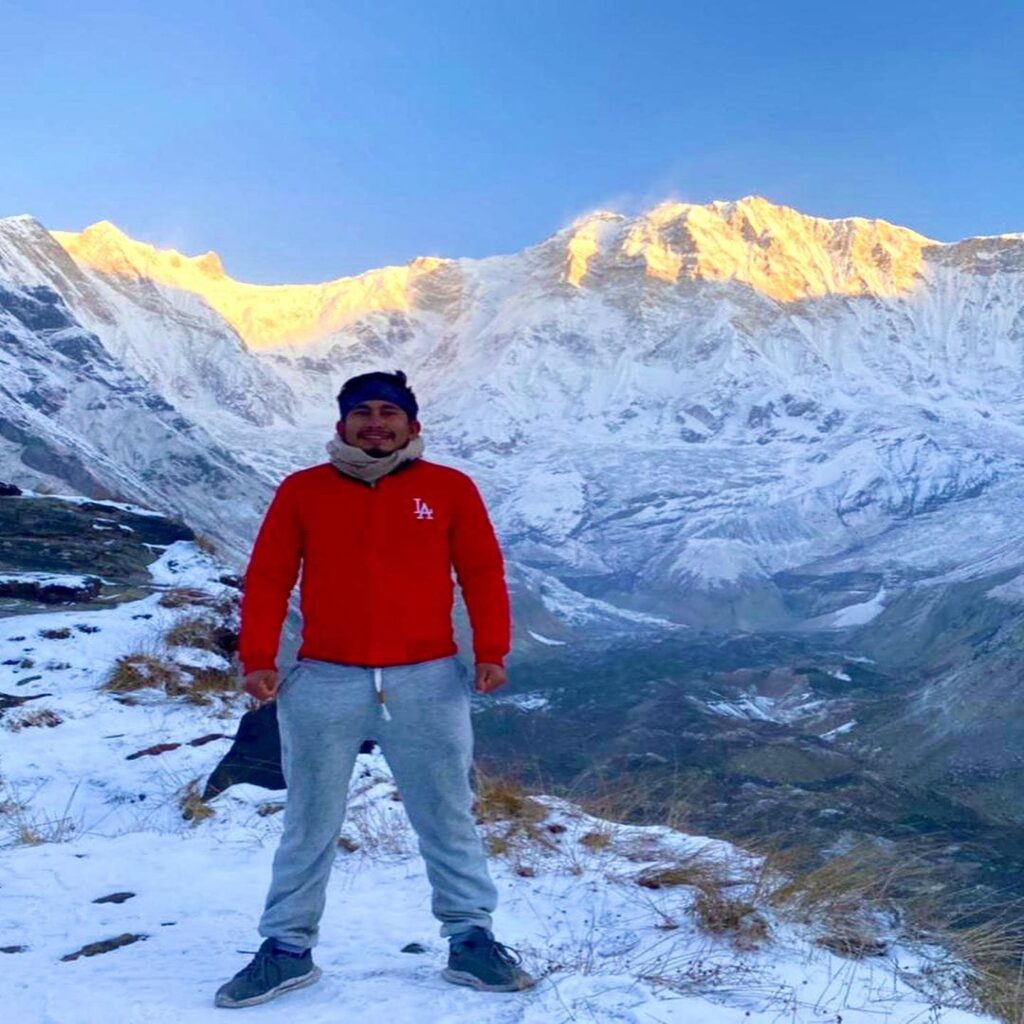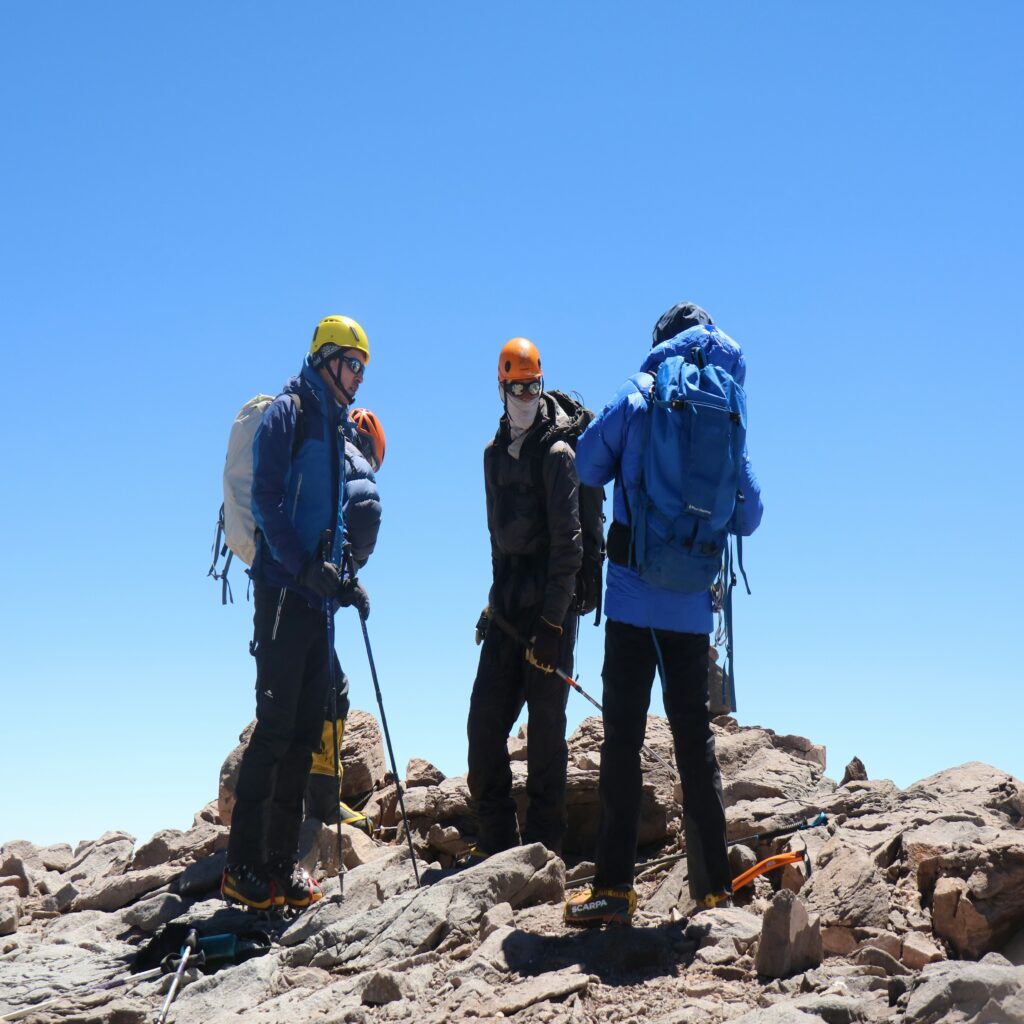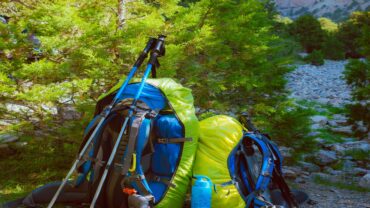Trekking, whether solo or in a group, offers unparalleled opportunities for adventure, self-discovery, and connection with nature. However, each approach comes with its own set of advantages and disadvantages. Deciding between solo trekking and group trekking depends on various factors, including personal preferences, experience level, safety considerations, and the nature of the trek itself. Let’s explore the pros and cons of each.
Embarking on a trek is more than just a physical journey; it’s an odyssey of self-discovery, a communion with nature, and a test of endurance. Whether you choose to trek solo or with a group, each option presents its own set of advantages and challenges. In this comprehensive analysis, we’ll delve into the intricacies of solo trekking and group trekking, exploring their nuanced pros and cons to help you make an informed decision for your next wilderness adventure.
Solo Trekking:

Pros:
- Freedom and Flexibility: Solo trekking offers the ultimate freedom to chart your own course. With no one else to consider, you can set your pace, choose your route, and adjust your schedule as you see fit. Whether you want to linger at a scenic overlook or tackle an extra summit, the decision is entirely yours, empowering you to embrace the spontaneity of the wilderness.
- Self-Discovery: Trekking alone provides a unique opportunity for introspection and self-discovery. As you navigate rugged terrain and confront challenges solo, you’ll gain valuable insights into your strengths, weaknesses, and innermost thoughts. Solitude fosters clarity of mind, allowing you to reconnect with yourself and gain a deeper understanding of your place in the world.
- Challenge and Independence: Solo trekking is not for the faint of heart; it requires courage, resilience, and self-reliance. Every step you take is a testament to your independence and resourcefulness, as you navigate unfamiliar terrain and overcome obstacles on your own. Embracing the solitude of the wilderness, you’ll discover a newfound sense of confidence and empowerment that transcends the confines of the trail.
- Immersion in Nature: Without the distractions of companionship, solo trekkers can fully immerse themselves in the natural world. From the whisper of the wind to the call of a distant bird, every sound becomes a symphony, every sight a masterpiece. Alone in the wilderness, you’ll develop a deep appreciation for the raw beauty and untamed wilderness that surrounds you, forging a profound connection with the earth beneath your feet.
Cons:
- Safety Concerns: While solo trekking offers unparalleled freedom, it also comes with increased risk. Venturing alone into remote wilderness areas exposes you to a range of hazards, from sudden weather changes to encounters with wildlife. In the event of an emergency, such as an injury or illness, the absence of companions can escalate the situation, leaving you vulnerable and in need of assistance.
- Loneliness and Isolation: Trekking alone can be a solitary experience, especially during long stretches of trail with no one else in sight. While solitude can be rejuvenating, prolonged isolation may lead to feelings of loneliness or melancholy, particularly during quiet evenings in camp. Without the camaraderie of fellow trekkers, you may find yourself longing for human connection and companionship.
- Logistical Challenges: Planning and executing a solo trek requires meticulous preparation and attention to detail. From selecting appropriate gear and supplies to mapping out your route and arranging transportation, every aspect of the journey falls squarely on your shoulders. Without the support of a group, you must rely on your own skills and resources to navigate the logistical complexities of the trek.
- Limited Support: Without the safety net of a group, solo trekkers must be prepared to handle any challenges or emergencies that arise on the trail. Whether it’s a twisted ankle or a broken tent pole, there’s no one else to rely on for help or support. Self-sufficiency is paramount, requiring you to be prepared for any eventuality and equipped to handle whatever comes your way.
Group Trekking:

Pros:
- Safety in Numbers: Trekking in a group provides an added layer of safety and security. With multiple sets of eyes and ears watching out for each other, the risk of encountering danger is significantly reduced. In the event of an emergency, such as a medical issue or navigational error, the collective knowledge and resources of the group can be a lifesaver, ensuring prompt assistance and support.
- Shared Experience: One of the greatest joys of group trekking is the camaraderie forged through shared experience. Whether you’re swapping stories around the campfire or celebrating a summit victory together, the bonds formed on the trail are unlike any other. Shared challenges and triumphs create lasting memories and deepen the sense of connection among group members, fostering a sense of belonging and camaraderie that extends beyond the trek itself.
- Diverse Perspectives: Trekking with a group brings together individuals from diverse backgrounds, each with their own unique perspectives and skills. From seasoned outdoors enthusiasts to novice adventurers, the group dynamic fosters a spirit of collaboration and mutual support. Whether it’s sharing navigation duties or teaching each other outdoor skills, group members have the opportunity to learn from one another and broaden their horizons along the way.
- Logistical Support: One of the practical benefits of group trekking is the distribution of logistical responsibilities among its members. From planning meals and setting up camp to navigating tricky terrain, the workload is shared collectively, lightening the burden on individual trekkers. This collaborative approach not only enhances efficiency but also fosters a sense of teamwork and camaraderie, as group members work together to overcome challenges and achieve common goals.
Cons:
- Lack of Independence: Trekking in a group requires compromise and coordination, often at the expense of individual freedom. Decisions about route selection, pace, and rest stops must be made collectively, necessitating a willingness to accommodate the preferences and limitations of fellow trekkers. For those accustomed to the autonomy of solo expeditions, the constraints of group dynamics may feel restrictive or stifling.
- Potential Conflict: Group dynamics can be complex, and differences in personalities, communication styles, or expectations may lead to conflicts or disagreements among members. Navigating interpersonal dynamics within the group requires patience, empathy, and effective communication to maintain a harmonious environment conducive to shared adventure.
- Dependency: Relying on the collective expertise and resources of the group may foster a sense of dependency among its members, inhibiting individual problem-solving skills and self-reliance. The temptation to defer to the group for guidance or decision-making can undermine the development of personal resilience and initiative, diminishing the transformative potential of the trekking experience.
- Social Dynamics: Trekking in a group necessitates navigating complex social dynamics, as individuals from diverse backgrounds come together to pursue a common goal. Introverted or independent-minded trekkers may find it challenging to acclimate to the group dynamic, requiring deliberate effort to engage with fellow members and foster meaningful connections.
Whether you choose to trek solo or with a group, each option offers a unique set of rewards and challenges. Solo trekking embodies the spirit of independence and self-discovery, while group trekking celebrates the bonds of camaraderie and shared adventure. Ultimately, the decision comes down to personal preference, comfort level, and the type of experience you seek in the wilderness. Whether you’re seeking solitude and introspection or companionship and collaboration, the journey itself is where the true magic lies, regardless of the path you choose to take.
In conclusion, both solo trekking and group trekking offer unique advantages and challenges. The decision between the two depends on individual preferences, experience level, safety considerations, and the specific goals of the trek. Whether seeking solitude and self-discovery or companionship and shared experiences, trekking enthusiasts can find fulfillment and adventure in either approach, provided they plan and prepare accordingly. Ultimately, the most rewarding trekking experience is one that aligns with your personal preferences and goals, whether that means venturing alone into the wilderness or embarking on a journey with a group of like-minded adventurers.



Comment (0)